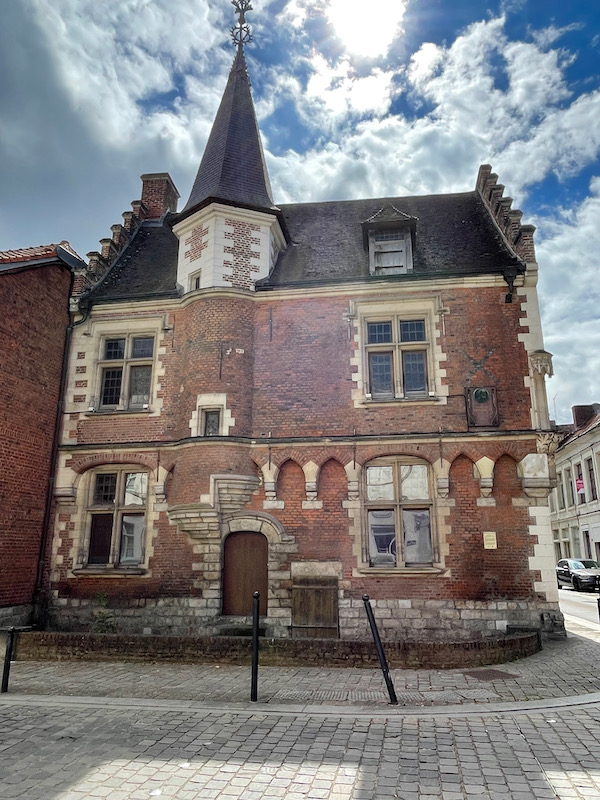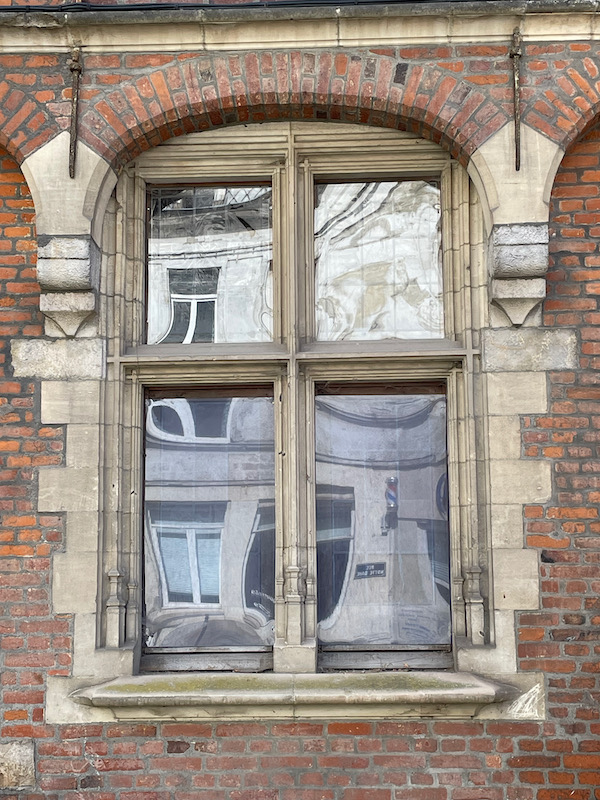Our Blog - Summer 2024 Trip - Valenciennes, France
Valenciennes is one of several cities in Northern Europe that have the nickname of "Athens of the North" due to their many neo-classical buildings and reputation for learning, recalling ancient Athens. In addition to Valenciennes, there is Jyväskylä, Finland (which I visited on a business trip long ago), among others. The name is probably in honor of the Emperor Valentinian I, Western Roman Emperor from 364 to 375. Valenciennes appears for the first time as "Valentiana" in a document relating a sentence handed down in the year 693 by Clovis II, king of the Franks. The city was fortified with a wall in the 11th century. The fortifications were dismantled in 1889 to make room for expansion and you can still see their layout in the boulevards that encircle the old town.
Like many towns that are in this area, the center of town was almost entirely destroyed by a gigantic fire during World War II and rebuilt during the 1950s and 1960s.
The Place des Armes in front of the town hall is decorated with water jets, café terraces, and a modern column which stands at the end of the square. When we got there, it seemed like they were setting up for an event which was related to the torch relay for the Paralympics, which passed through town on the 25th of August (we visited before the torch went through).
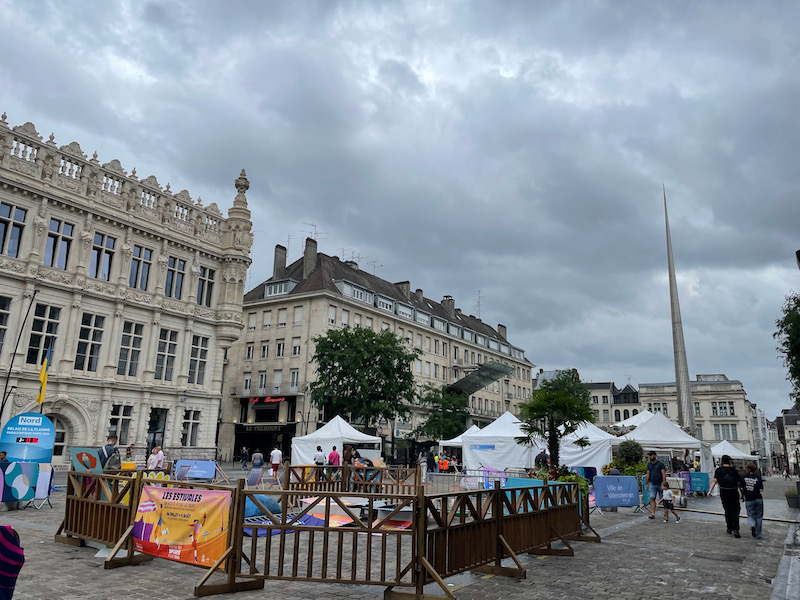
The Hotel de Ville was built in the 1600's, replacing the previous Alderman's house. The façade itself dates from 1868. You can see the small turret-like additions on either end of the building, flanking the 18 sets of windows on each level. Each of the windows on the top has columns on either side with busts of people, and between the top and middle levels is a frieze with all sorts of different things ... faces, cows ... cornucopias. At the top sits a faithful reconstruction of the the former pediment showing Valenciennes defending its ramparts. It was reconstructed after the original fell during a fire in 1940. A major part of the city center was destroyed by this fire, which occurred a few weeks before the arrival of the German army. Only the façade of the town hall survived (which is why it dates from 1867) .. the belfry collapsed (this was the 2nd belfry), taking the clock and the sculptured pediment with it. Historians say that the Germans had wanted to bomb the train station at night but hit the town hall instead.
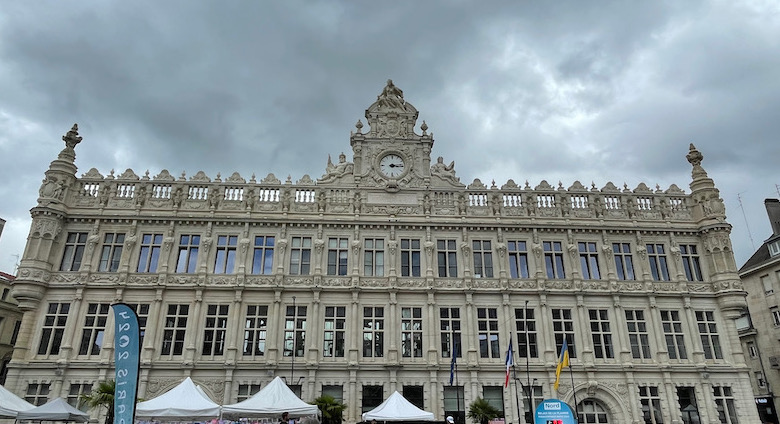
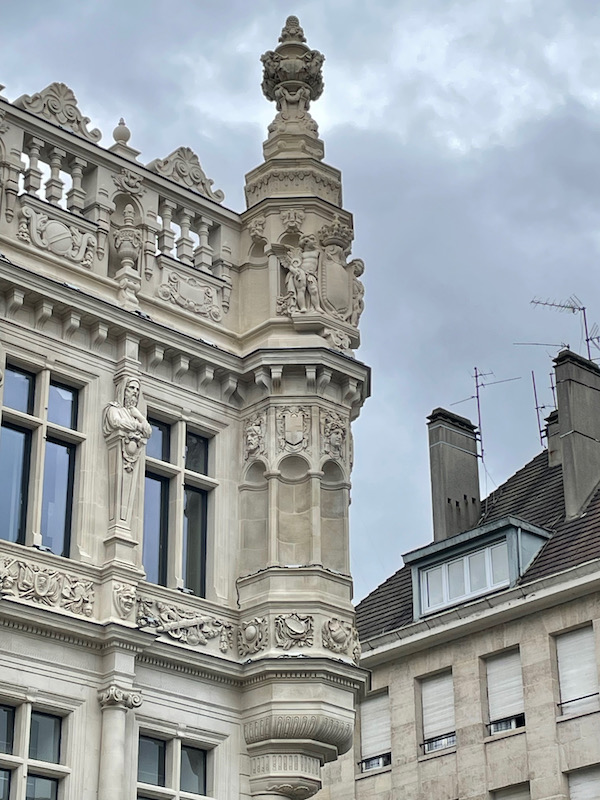
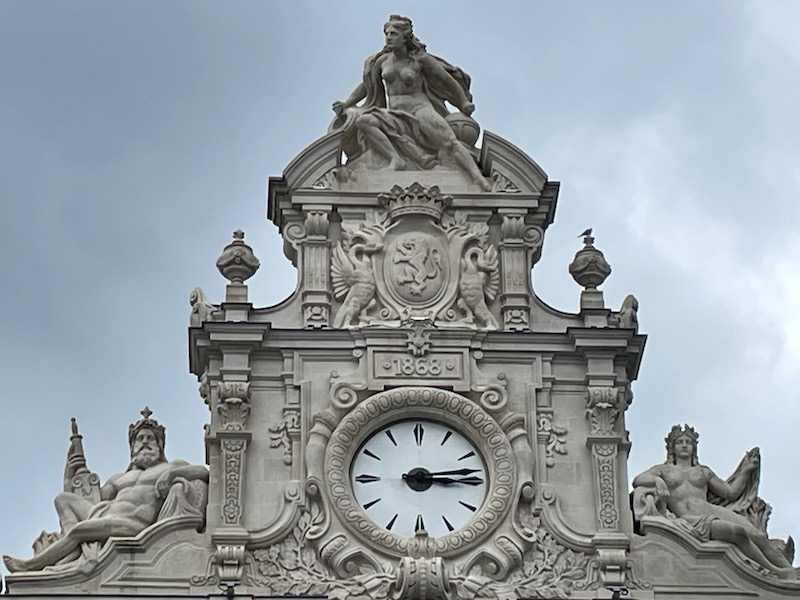
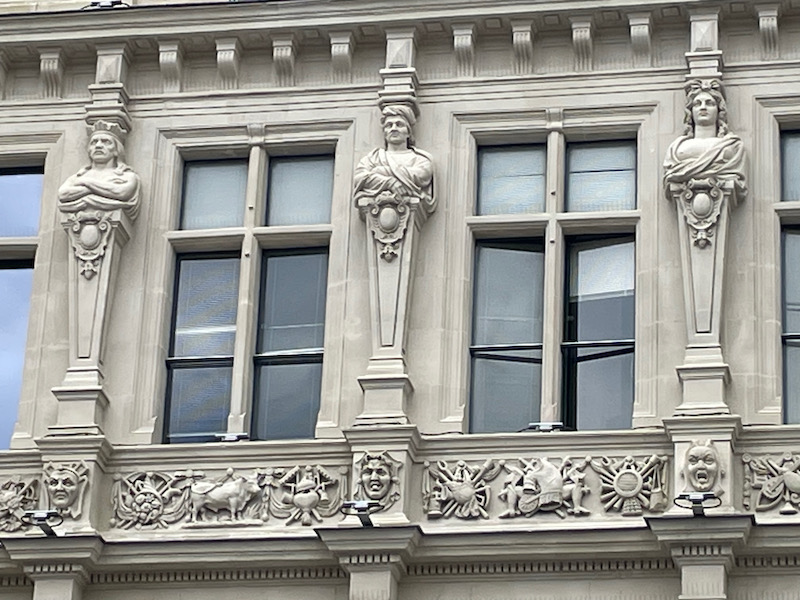
At the end of the square is the "Aiguille" (French for needle), which was erected in 2007. It is a 45-meter-high stainless-steel needle. The needle includes some two thousand words cut in a spiral in the metal - sentences from the city inhabitants, quotes taken from their daily life, their hopes, their desires, from the history of the city, too. The carousel in the foreground is from 1900.
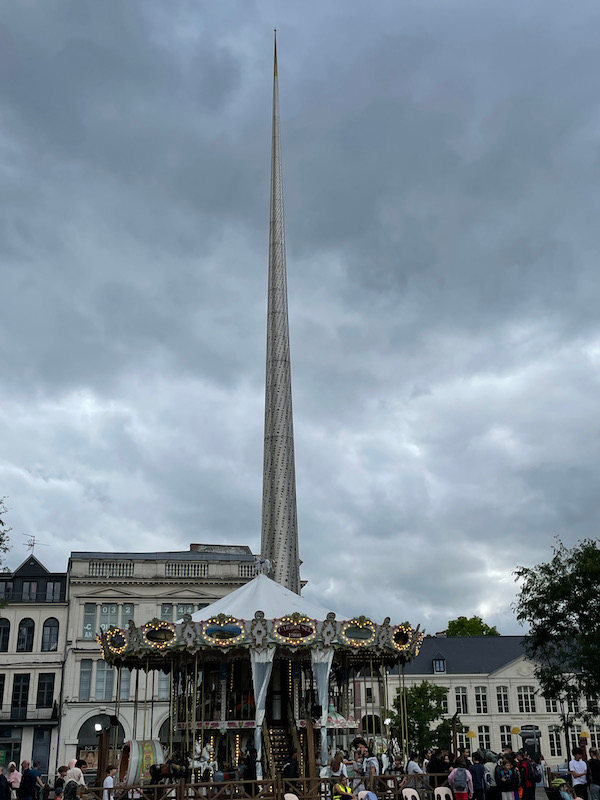
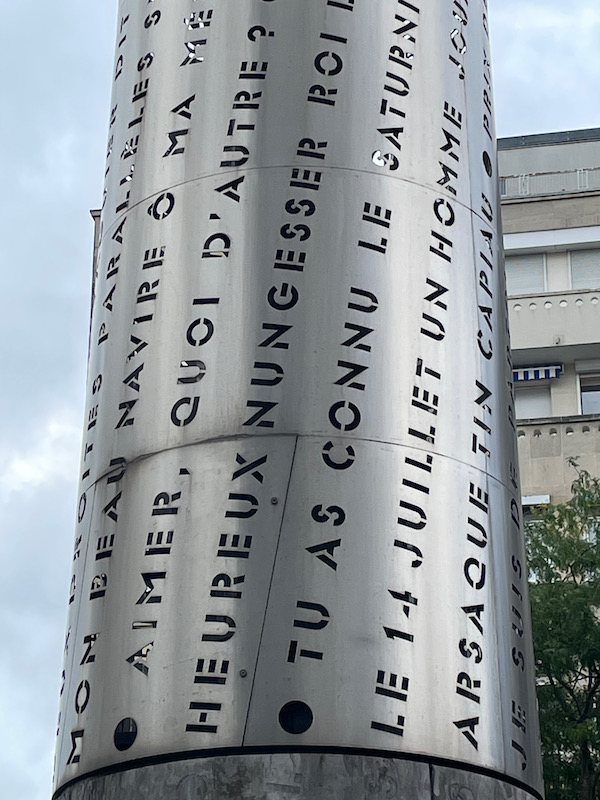
The Eglise de Saint-Géry, dedicated to Saint Géry, was built in the first half of the 13th century. It is oldest church in town, built by the Franciscans. The belfry, which is in a different style, was added in 1851. Bombed in 1944, like so many things, it was rebuilt and returned to worship in 1965.
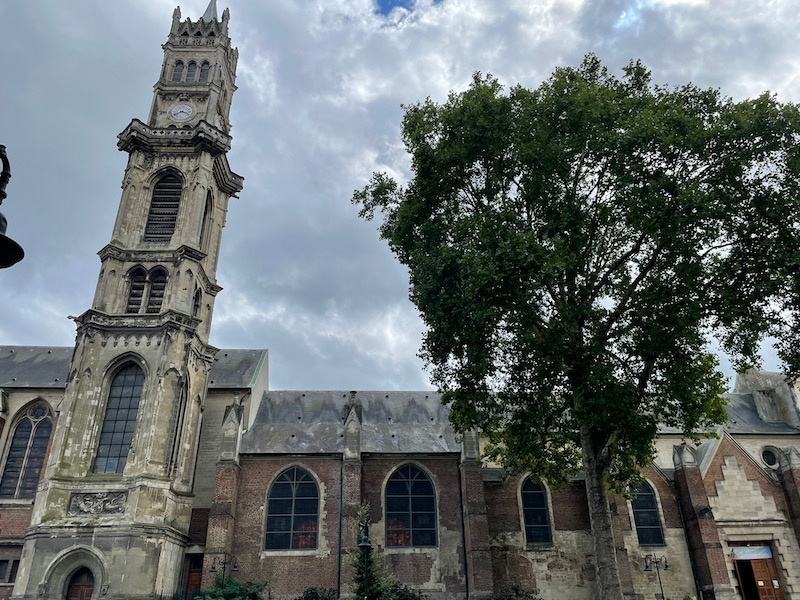
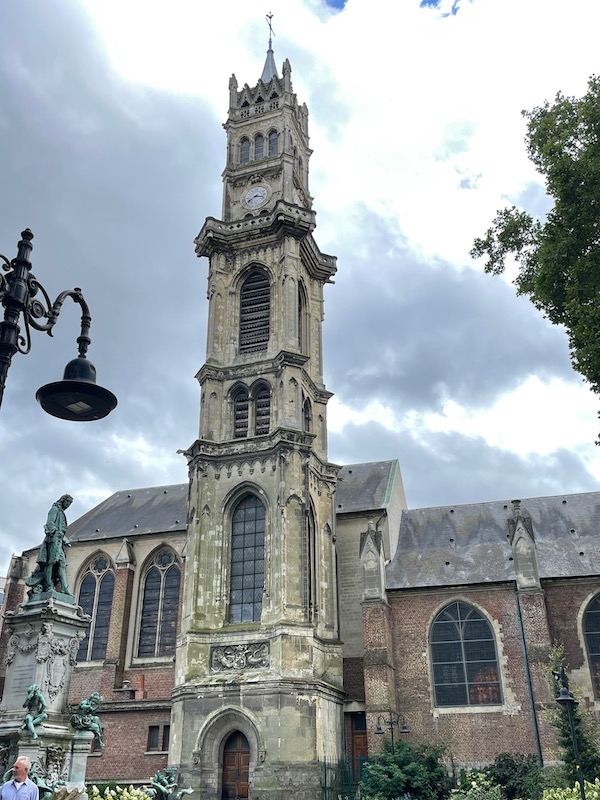
Inside, you can see the nave and two side aisles, separated by Gothic arches. The blue-stone pillars and capitals that are holding the arches are original, from the 13th century. The 12 pillars symbolize the 12 apostles. The ceiling, which at first glance looks like wood, is actually made out of brick. The interior is quite bright, thanks to the very light-colored stained-glass windows which obviously don't date from the 13th century and don't really show any religious scenes.
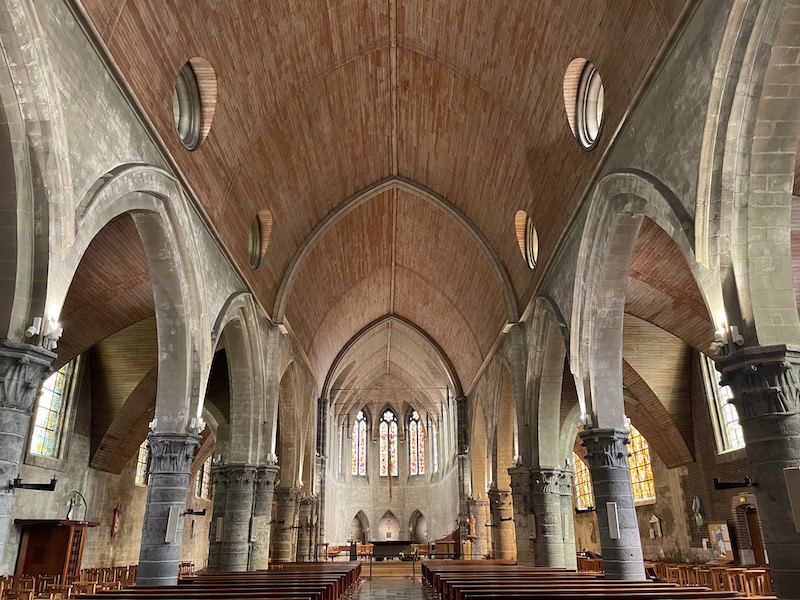
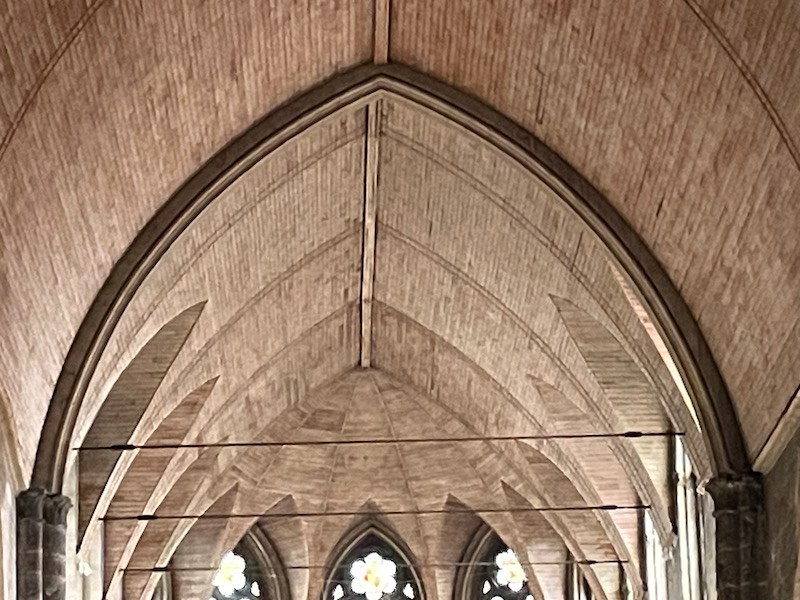
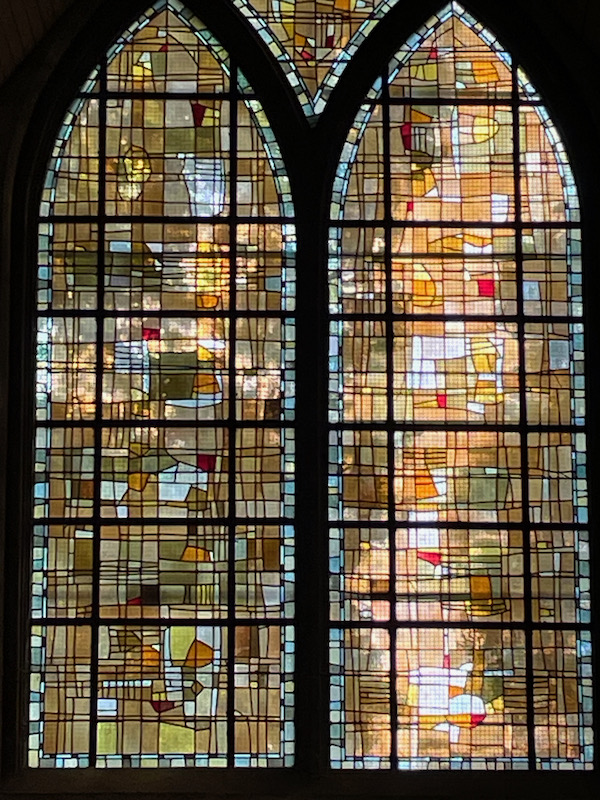
Next to the church is a small park with a large statue in the middle. The statue is of Jean-Antoine Watteau, a French painter who was born in Valenciennes in 1684. I hadn't really heard of him but his paintings hang in some famous museums, like the Louvre, the Prado, and the Met in New York.
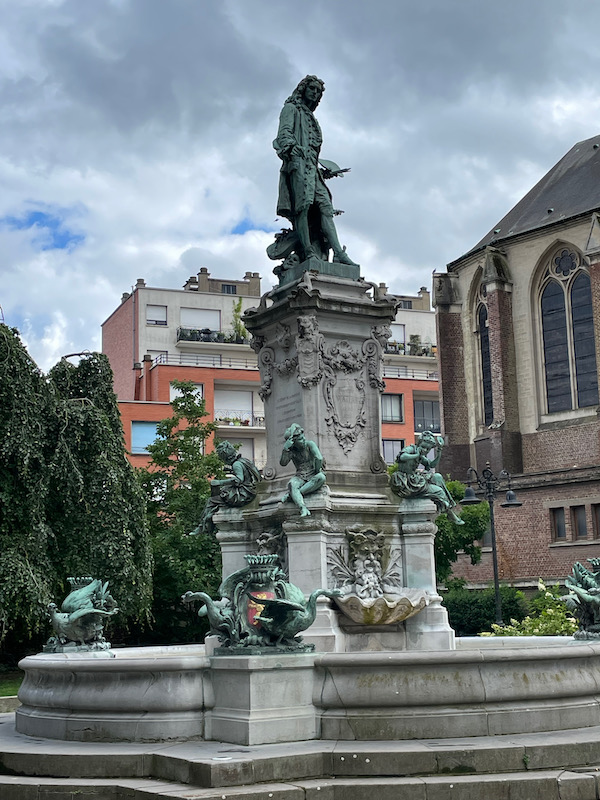
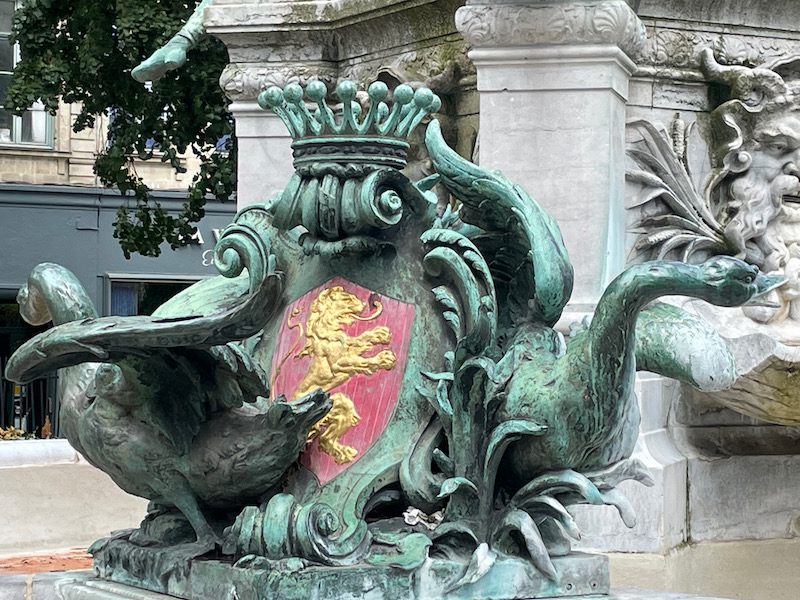
This long building is the Jesuit library as well as the public library, named for Simone Veil. It is installed in the former college of the Society of Jesus founded at the beginning of the 16th century, and was recently restored. It houses the oldest surviving poem in the French language: the Cantilène de Saint Eulalie.
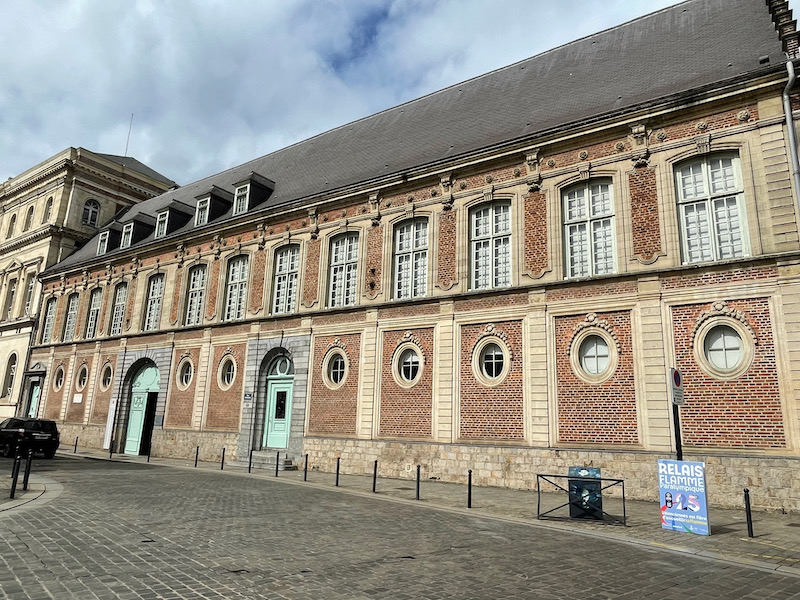
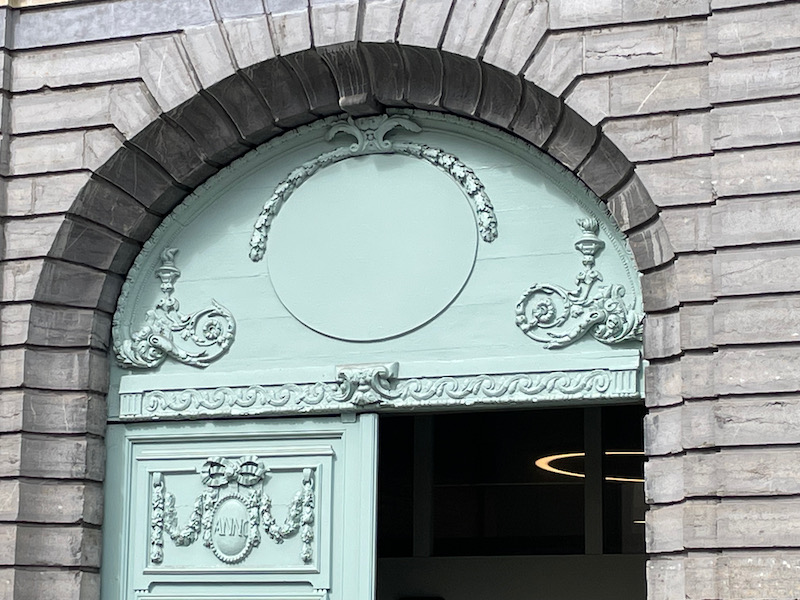
Next door is the Conservatoire Eugène Bozza, a music academy that was started in 1697. The building was renovated in 2016.
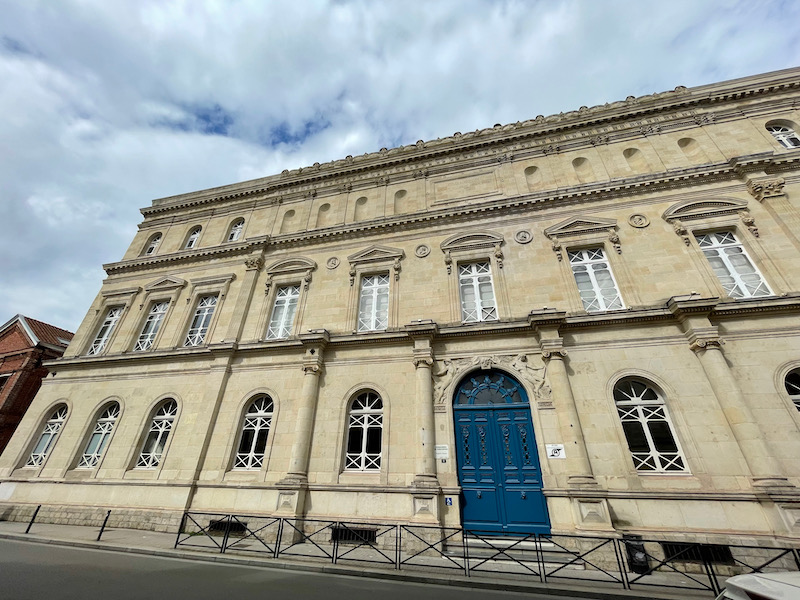
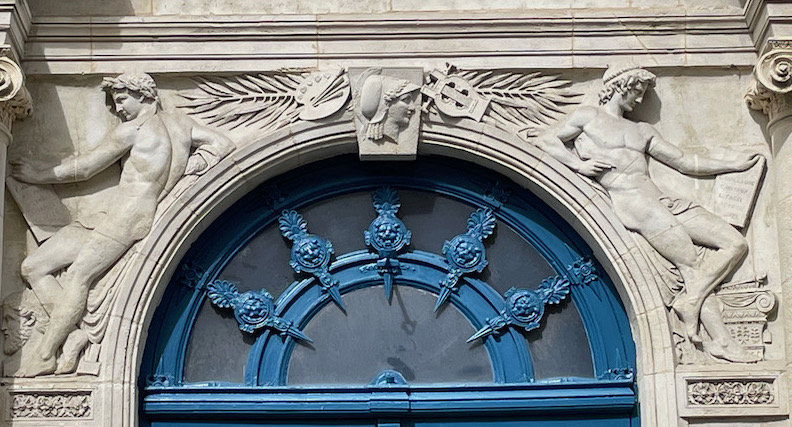
The provost's house is listed as one of the oldest buildings in Valenciennes, built around 1485. It is built out of red brick with a sandstone base with more white sandstone around the mullioned windows. It is in a Gothic style with Renaissance influence. Now ... supposedly it was sold and dismantled during the French Revolution and then reconstructed identically at the end of the 20th century. I'm not sure I would count this as dating back to 1485 if it truly was dismantled and then rebuilt, but that is just me :-)
